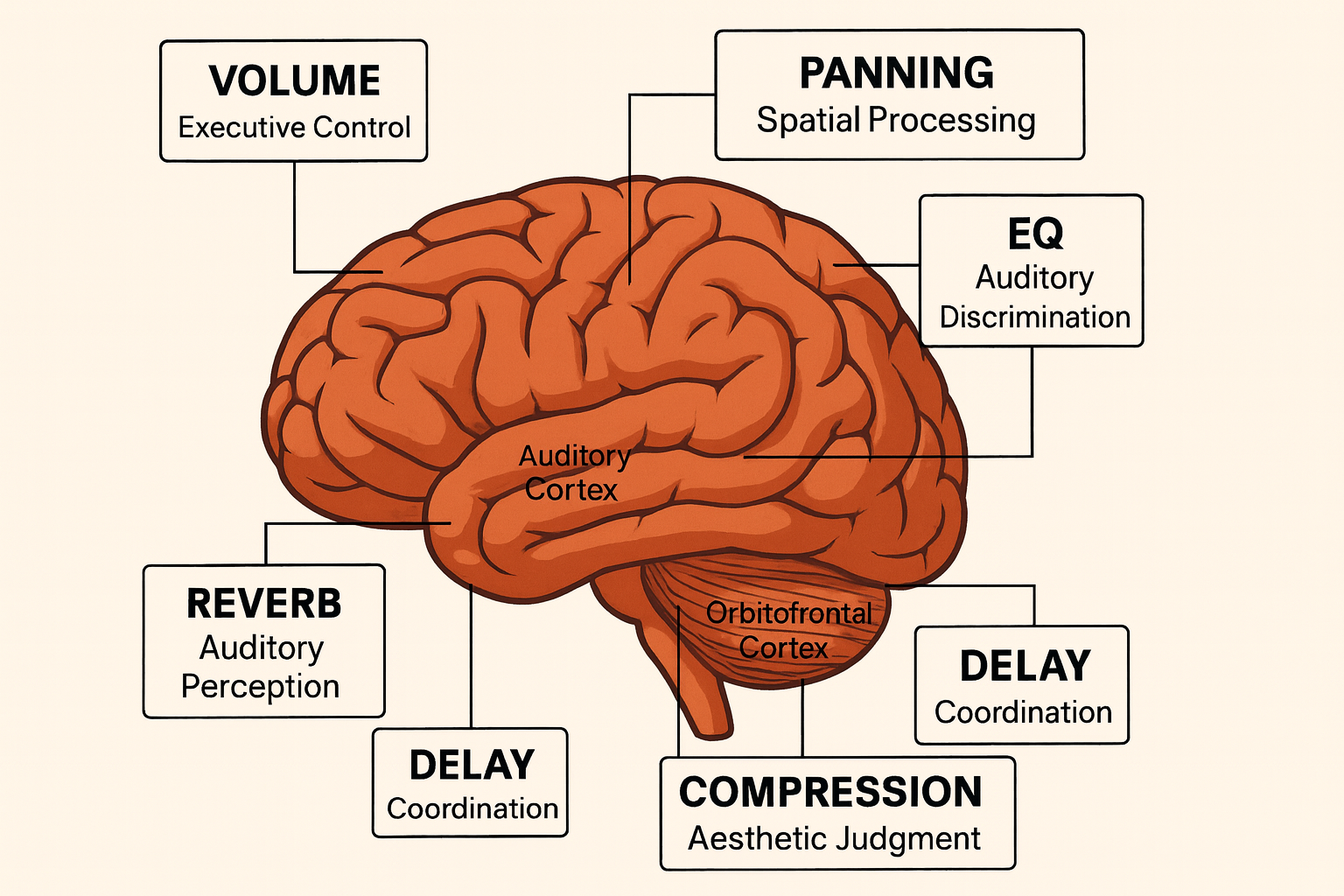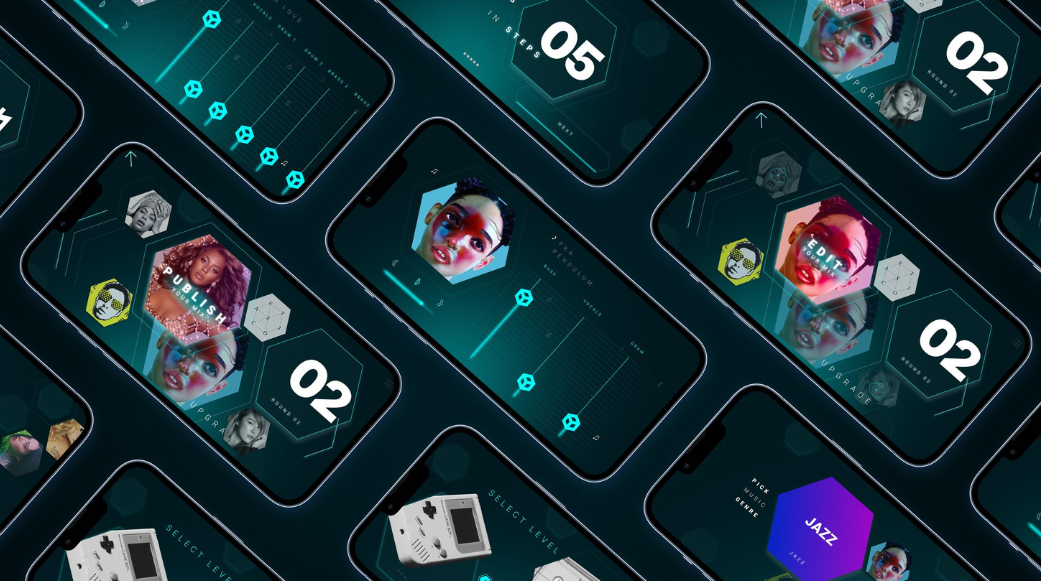.png)
July 16, 2025
In an era where music and visuals are inextricably linked, one name continues to shape the language of modern music videos: Dave Meyers. With a career that spans over three decades, director Dave...
Read more.png)
July 16, 2025
This July, the Polaris Music Prize jury unveiled its 10-album shortlist for 2025—a list led numerically by Quebec acts but featuring four shining entries from Toronto. For a city whose scene often...
Read more.png)
July 16, 2025
What happens when a fictional K-pop boy band outsells the real ones? In a twist straight out of a dystopian idol fanfic, the animated groups Huntr/x and Saja Boys—created for Netflix’s explosive...
Read more.png)
July 16, 2025
Drunk calls. Crying in the dark. Lingering heartbreak. Conan Gray’s new single “Vodka Cranberry” isn’t just a song—it’s a full-blown emotional unraveling, and fans are already bracing themselves...
Read more.png)
July 15, 2025
Andrew Choi was already a hidden force in real-world K-pop before becoming Jinu, the soulful lead of the animated boy band Saja Boys, a member of the K-Pop Demon Hunters. Choi co-wrote the quiet....
Read more.png)
July 13, 2025
Let’s be honest: when most pop stars go quiet, we assume they’re recharging in Bali, journaling in silk robes. Not Justin Bieber. Nah, he went into full stealth mode, dropped a random “SWAG”...
Read more.png)
July 13, 2025
It’s official: KATSEYE didn’t just sell out, they served out. Every single ticket to their upcoming live shows? Gone. Vamoosed. Snatched like a wig in a wind tunnel.The global girl group, part...
Read more.png)
July 13, 2025
Cue the frosted tips, cargo pants, and emotional harmonies, because the Backstreet Boys just dropped Millennium 2.0, and let’s just say, everybody (yeahhh!) is losing their minds.Yes, that’s right...
Read more.png)
July 13, 2025
Tyla just slid into our summer soundtrack with her new track “IS IT”, and let me tell you, it is everything. No cap. Straight off the jump, you get those booming amapiano kicks and warped vocal...
Read more.png)
July 13, 2025
The wait is officially over: Blackpink is back—louder, bolder, and more united than ever. On the opening night of their highly anticipated Deadline World Tour, the global K-pop phenomenon debuted...
Read more.png)
July 13, 2025
Justin Bieber has never been a stranger to the spotlight—but this time, the glare feels more personal. In a series of emotional posts, the global superstar cracked open the curated image fans often...
Read more.png)
July 13, 2025
When Coldplay’s Chris Martin looked out into the crowd at Toronto’s brand-new Rogers Stadium on July 8 and joked, “This is a very bizarre stadium a million miles from Earth,” we all laughed—but he...
Read more
Most people think of Mix Master as a game that helps you train your ears — but beneath the fun challenges and glowing faders, something much deeper is happening. Every time you play, you’re not just getting better at mixing music. You’re actually reshaping your brain
Neuroscientists have long known that playing music and video games, can physically increase gray matter in the brain.
*Super Mario has been shown in scientific studies to improve certain brain functions — particularly those related to spatial navigation, strategic planning, memory, and motor coordination. 🧠🎮*
.png)
Mix Master does the same — but through sound.
Each time you adjust a fader, detect subtle EQ shifts, or balance reverb, you activate regions of the brain linked to focus, creativity, coordination, and emotional intelligence.
Here’s how:

Brain Region: Auditory Cortex
Each time you adjust EQ, reverb, or panning, you’re rewiring your auditory cortex to detect subtle nuances. That means you don’t just hear music better - you hear people better too. You pick up tone, intent, and emotion, which makes you more empathetic and present in conversations.
Result: Better communication. Deeper connections. Sharper awareness of the world around you.
Brain Region: Prefrontal Cortex
Mixing demands memory - remembering what you heard seconds ago, testing variations, and planning adjustments. This stimulates the prefrontal cortex, which governs focus and problem-solving.
Result: You’ll find it easier to concentrate, retain information, and make confident, well-timed decisions in work and life.
Brain Region: Parietal Lobe
Balancing a stereo field is like managing a 3D space with sound. Your parietal lobe processes that - the same region used for physical coordination and spatial awareness.
Result: Improved physical coordination, better organization, and a stronger sense of presence in your environment.

Brain Region: Orbitofrontal Cortex
When you decide what “sounds right,” you’re building neural circuits of taste and creative judgment. That’s the same mental muscle behind design, leadership, and emotional decision-making.
Result: Sharper creative instincts and confidence in your own ideas - whether mixing music or making life choices.
Brain Region: Cerebellum
Mix Master’s gameplay - moving faders, adjusting effects in time - trains your cerebellum. Beyond physical coordination, the cerebellum also plays a huge role in emotional balance.
Result: Better rhythm in both movement and mindset - more calm under pressure, more control in chaos.
Brain System: Reward Pathways (Dopamine Circuits)
Every completed module releases a burst of dopamine - your brain’s natural “motivation molecule.” It rewards progress, reinforces learning, and keeps you striving for more.
Result: Resilience. Momentum. And a lasting sense of growth - both musically and mentally.
Mix Master isn’t just a game. It’s a creative cognitive gym - a place to train your ears, your focus, and your intuition simultaneously. By mastering sound, you’re mastering yourself.
Mix Master grows your brain by teaching you how to hear, think, and create like a true artist - one fader at a time.